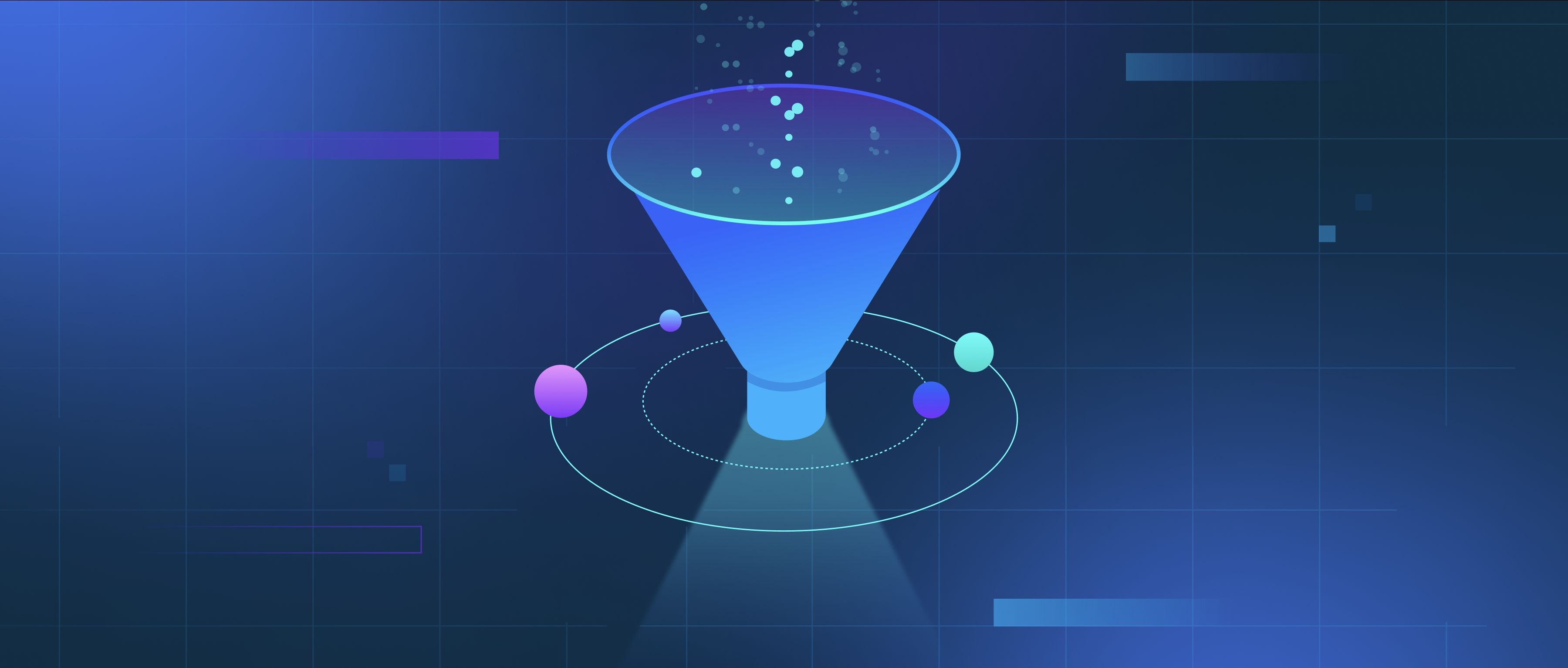Supervised learning and unsupervised learning are two essential approaches in machine learning, and they differ primarily in how they utilize data. In supervised learning, the model is trained on a labeled dataset, which means that each training example is paired with its corresponding output or label. For example, if you’re developing a model to classify images of animals, the dataset would include images along with labels like “cat,” “dog,” or “bird.” The model learns to make predictions based on the patterns in the labeled data, effectively mapping inputs to known outputs. This approach is widely used for tasks such as classification and regression.
In contrast, unsupervised learning works with datasets that do not have labeled outputs. Here, the algorithm tries to learn the underlying structure of the data without any guidance. For instance, in clustering tasks, the model groups similar data points together based on their features, without knowing beforehand what the groups should be. A practical example is customer segmentation in marketing, where the model analyzes purchasing behavior to identify distinct groups of customers. This approach helps in understanding data distributions and uncovering hidden patterns.
In summary, the key difference between supervised and unsupervised learning lies in the nature of the training data. Supervised learning requires labeled data and aims to predict specific outcomes, making it suitable for tasks with clear objectives. Unsupervised learning, on the other hand, deals with unlabeled data, focusing on discovering patterns and relationships within the dataset. Understanding these differences is crucial for developers when selecting the appropriate learning approach for a given problem or dataset.
